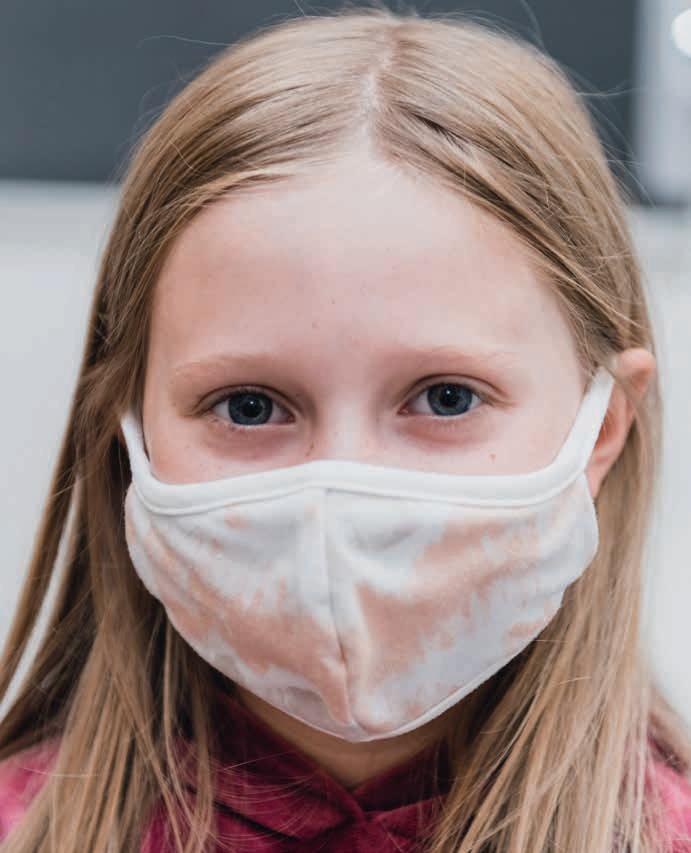OPHTHALMOLOGY The Division of Ophthalmology had a strong start to 2020 with several projects underway, but due to the global pandemic, several were halted. We look forward to resuming these endeavors in the near future, and in the meantime, our experienced pediatric ophthalmologists and pediatric optometrists and our pediatric ophthalmology physician assistant continue to provide excellent care to our patients and their families. There were many challenges starting in March when Covid-19 began to spread. Although Connecticut Children’s initially cancelled all elective surgery cases and non-urgent office visits, the Division of Ophthalmology continued providing care for urgent patients requiring a visit or surgery. In addition, we were able to see 30 percent of our patients virtually via telehealth. The division was not on Epic at the time of the pandemic outbreak, but we were able to create and use a telemedicine platform until such time as we transitioned to Epic in April 2020. Despite Covid and the challenges we faced, we were able to move, as planned in April, into our new and improved Ophthalmology suite at 599 Farmington Avenue, just a mile from our previous office space. We are proud that our entire division was able to seamlessly accomplish the move and the transition to Epic, all in the span of a single week. CLINICAL INITIATIVES • Connecticut Children’s Division of Ophthalmology opened an Optical Shop in November 2020. We are now able to help our patients in a more cohesive fashion – from a complete eye exam to getting glasses, should the need arise. This allows our patients to leave our office without having to worry about where to get glasses and without questions about what next steps might be needed. • Retinopathy of Prematurity (ROP) educational video: We began the year by distributing iPads to the various NICUs where we provide ROP exams. The iPads contain educational videos for parents 114
ANNUAL ACADEMIC REPORT 2020
to help them understand the need for an eye exam, the reasons the exam is done, and why it’s important to follow up at the hospital and again following discharge. The videos have resulted in positive feedback from families, NICU nurses, and neonatologists, all of whom cite its effectiveness. • We created and implemented a low-dose atropine protocol for patients with moderate to high myopia to decrease myopic progression. • We started a monthly Morbidity and Mortality Conference series. • We established a monthly case presentation series for the discussion of one to two interesting cases including differential diagnoses and treatment options. Every three months, in lieu of a case conference, we host a journal club to discuss new and innovative ways to treat pediatric ophthalmologic conditions. The topics are wide-ranging. In July, we discussed diagnostic modalities for distinguishing between papilledema and pseudopapilledema. In October, we reviewed teprotumumab for the treatment of active thyroid eye disease. • We created and implemented a lecture series for pediatric residents. • We created and implemented a two-week Pediatric Emergency Medicine fellow’s rotation during which the fellow works with members of the Division of Ophthalmology to learn the basics of an eye exam with the goal of improving his or her ophthalmologic exam skills in the emergency room. • We began participating in the primary care rotation for medical students, offering one half-day of training per week for three weeks. • Our ophthalmic assistants all took their certification exams and are now certified ophthalmic assistants (COAs). They will be taking their certification exams to become certified technicians in 2021. In preparation for their exam, we created a lecture series on various topics, with each of our providers contributing a talk. We will continue the lecture series for the OAs to help them keep their exam skills and knowledge of ophthalmology up-to-date.














































